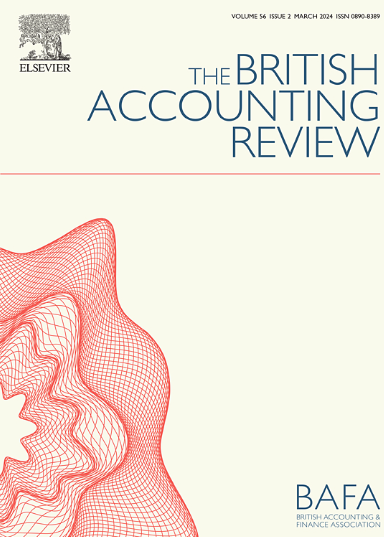Despite the volume of auditing research over the last decade, relatively little is known about how auditors apply specific codified requirements. We use organisational routines as a schematic and Power's (2003) distinction between the front and backstage of an audit to explore the link between the broad prescriptions in ISA 701 and the micro-level performances of individual auditors to report key audit matters (KAMs). Interviews with 42 senior staff from large and mid-tier audit firms reveal how the ostensive elements of auditing routines result in coercive, normative and mimetic forces. These forces regulate and coordinate how audit procedures are executed to yield a frontstage representation of technical and procedural rigour. Yet, at the performative level experience, professional judgement and dynamic operating environments counter isomorphic forces. The messier backstage of activities provides an opportunity for minor modifications to audit procedures which can accumulate and impact the routine at the ostensive level. That the responsibility for the reporting KAMs vests with engagement leaders increases the opportunity for variability as they exercise professional judgement to modify the routine. Overall, our paper adds to the literature on how auditing is socially constructed and reveals how technical concepts are “transmitted” among individual practitioners to illuminate an understudied aspect of auditing. The study provides an original action-orientated perspective of how routines work in professional settings. It complements the largely inferential work on KAM determinants and should be relevant for standard-setters conducting a post-implementation review of ISA 701 and regulators monitoring KAM reporting.


